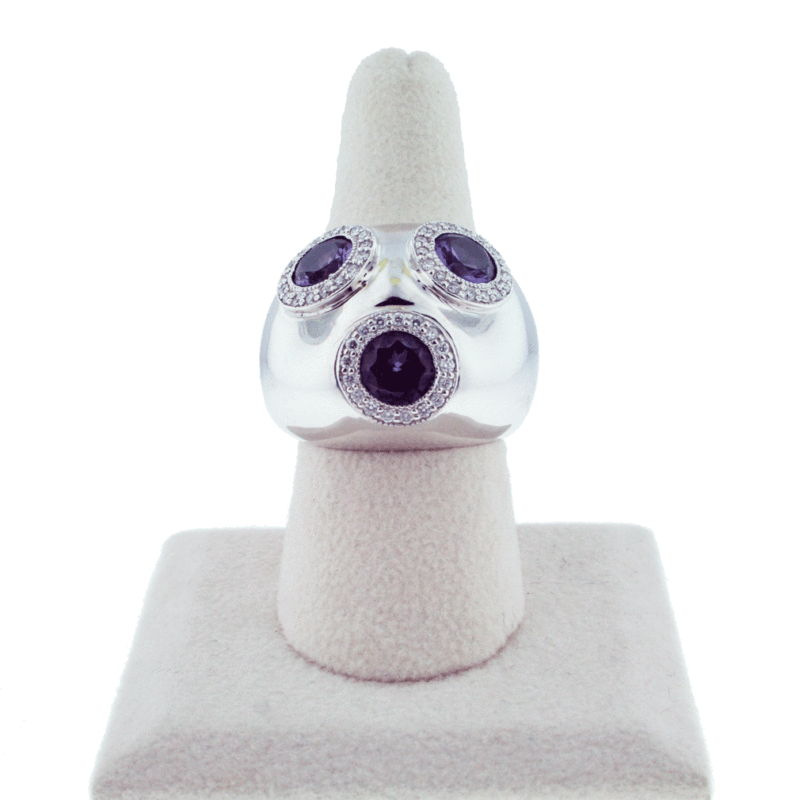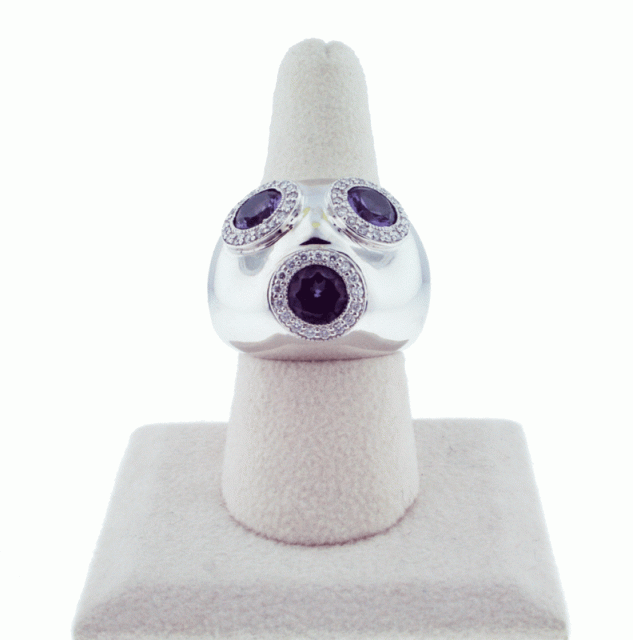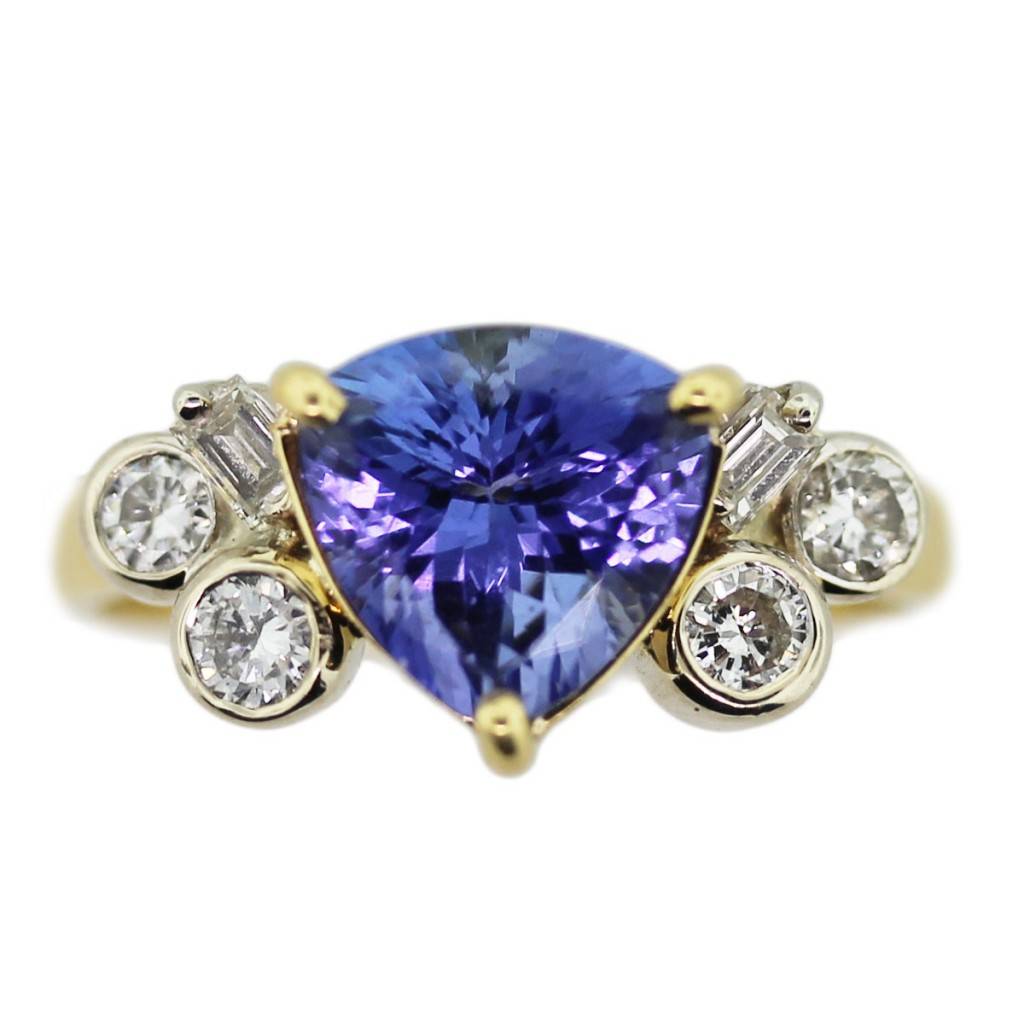Rare Gemstones of the World

Natural gemstones make every piece of jewelry individualized and unique. Diamonds are a beautiful symbol of love, and every diamond is different, so it is extremely easy for these stones to sell jewelry Boca Raton. But there are also some other rare stones that nature has to offer us. According to jewelry buyers in Boca Raton, beautiful stones and minerals from all over the world have been discovered at different points in time and can create some of the most breathtaking pieces of adorning jewelry.
ALEXANDRITE

Depending on the light, alexandrite can change in color. This is called the alexandrite effect. The colors can take on a greenish blue hue to a reddish purple hue in different lighting. It can also change color within the same light depending on how it is viewed. Someone wearing an alexandrite ring can shift their hand and see a noticeable difference in the color of the stone.
Alexandrite is originally from Russia’s Ural Mountains. The gemstone can also be found in Brazil, India, Madagascar and Sri Lanka. Anything over 3 carats is very rare. The story of its origin is controversial, but it is said to be discovered by a Finnish mineralogist by the name of Nils Gustaf Nordenskiold in the 1800’s and named after Tsar Alexander II of Russia.
BENITOITE
California’s state gem has only been found near the San Benito River in San Benito County. Benitoite is rumored to have also been found in Japan and Arkansas, but those stones were very limited in number and not of good quality. If viewed under a UV light, the stone comes alive with a fluorescent blue glow. It is not clear what the origin is of its color or how it becomes fluorescent.
It was described for the first time in 1907 by George Louderback who actually named the stone. The stone has a 5 point crystal form, which is rare, and also has a 6 point form which is even rarer than the 5 point form. Although it is usually blue under short wave ultraviolet lights, there are rare stones which turn fluorescent red under a long wave UV light.
GRANDIDIERITE
Found mostly in Madagascar, this blue-green stone named Grandidierite was named after the French explorer Alfred Grandidier who studied the natural history of the country in depth. It can transmit blue, green and white light.
JEREMEJEVITE
Originally discovered in Siberia in the late 1800’s, there are also limited numbers of them in Namibia, Tajikistan and Germany. The first stone of this kind was found on Mount Soktui, Nerschinsk district, Adun-Chilon Mountains by Pavel Vladimirovich Eremeev, a Russian mineralogist from Jeremejev, Germany. Jeremejevite is a rare mineral similar to albite, tourmaline, quartz and gypsum. It is one of the most expensive stones because it is so rare and almost never seen in the public jewelry market. Jeremejevite contains both blue and purple hues.
MUSGRAVITE
Although there have been some found in Greenland, Madagascar, Antarctica, Sri Lanka and Tanzania, Musgravite was originally discovered in the 1960’s at the Musgrave Range in South Australia. The only one large and pure enough to be cut was not reported until the 1990’s. There are only 8 of these stones that are known to exist today. This stone is very similar to taaffeite and resides in the same family. The largest known Musgravite stone weighs in at 5.74 carats. The color can range from a light olive green to a dark greenish blue and a light shade of violet to a darker purple.
PAINITE
Named the world’s rarest gemstone mineral by the Guinness Book of World Records in 2005, Painite was originally discovered by a British mineralogist named Arthur C.D. Pain in Myanmar in the 1950’s. This hexagon shaped mineral was so rare that until 2005, there were only two known Painite crystals on earth. In 2005, it was discovered that there were still less than 25 known Painite stones. They have an orange-red to brownish-red tone and look similar to topaz.
More recently, the actual source of the original stones were discovered in Myanmar with two new major locations containing the stone in Magok. This discovery has led to finding thousands of fragments of the stone, although it still remains on the list of the rarest minerals on the earth. Up until 2004, only two crystals had been cut from their original hexagon shape into faceted gemstones.
POUDRETTEITE
First discovered in the 1960’s in Mont St. Hilaire, Quebec, Canada, P
oudretteite is an extremely rare gemstone. The Poudrette family ran a quarry in the area where the stone was found. It was not named as a new mineral until the 1980’s, and wasn’t described in a detailed manner until 2003. Most people will never see a poudretteite stone, and many will never hear of it because of its rarity. The hue of the poudretteite goes from a lighter pink to a darker pink color.
RED BERYL
Red beryl is another name for the red emerald and the scarlet emerald. It was first written about in 1904 and is closely related to both the emerald and the aquamarine, but is much rarer than both of these stones. There are about 8000 times more rubies than these unusual stones. They are found mostly in the Wah Wah Mountains, Beaver County, Utah and in Paramount Canyon and Round Mountains, Sierra County, New Mexico. In 1958, Lamar Hodges of Fillmore, Utah came across red beryl while he was on the hunt for uranium.
Red beryl is sometimes confused with pezzottaite, which is known as raspberyl, and is found in Madagascar and Afghanistan. The stone is associated with bixbyte, quartz, topaz and hematite. The cost of a cut red beryl stone is at least $10,000 per carat.
RED DIAMONDS
Although colorless diamonds are what we initially think of when we talk about diamonds, we have to remember that diamonds come in many colors. The red diamonds are the rarest of the stone. Sometimes they are found with a purple, brown or orange hue. Red diamonds only have one intensity grade, and that is “Fancy”.
The largest traditional diamonds weigh over 500 carats, but the red diamond is so rare that the largest red diamond on earth is the Moussaieff Red and weighs 5.11 carats. It was discovered in the 1990’s by a Brazilian farmer near the Abaetezinho River. This region is the Alto Paranaiba region and has a reputation for being the source of many sizable colored diamonds.
TANZANITE
Its reputation is that it is 1000 times rarer than the diamond, and this could be true. Tanzanite is found in the foothills of Mount Kilimanjaro. It will change in color with the difference in lighting. It will change its blue hue in vertical polarized light, unpolarized light and horizontal polarized light. It is a bluish/purple color, but can appear blue, violet and burgundy depending on its crystal orientation. The stone will appear bluer when seen in fluorescent lighting and a violet color when seen in incandescent lighting.
The first tanzanite was found in the Meserani Hills of Manyara Region in the northern part of Tanzania in the mid to late 1960’s. This region is near the city of Arusha and Mount Kilimanjaro. Before it is cut, tanzanite will appear a reddish brown color. The heat of a gemological oven is required to allow the blue and violet color to appear. It is a relatively softer stone, so most jewelers prefer to set it in necklaces and earrings, rather than rings and bracelets.


Comments are closed.